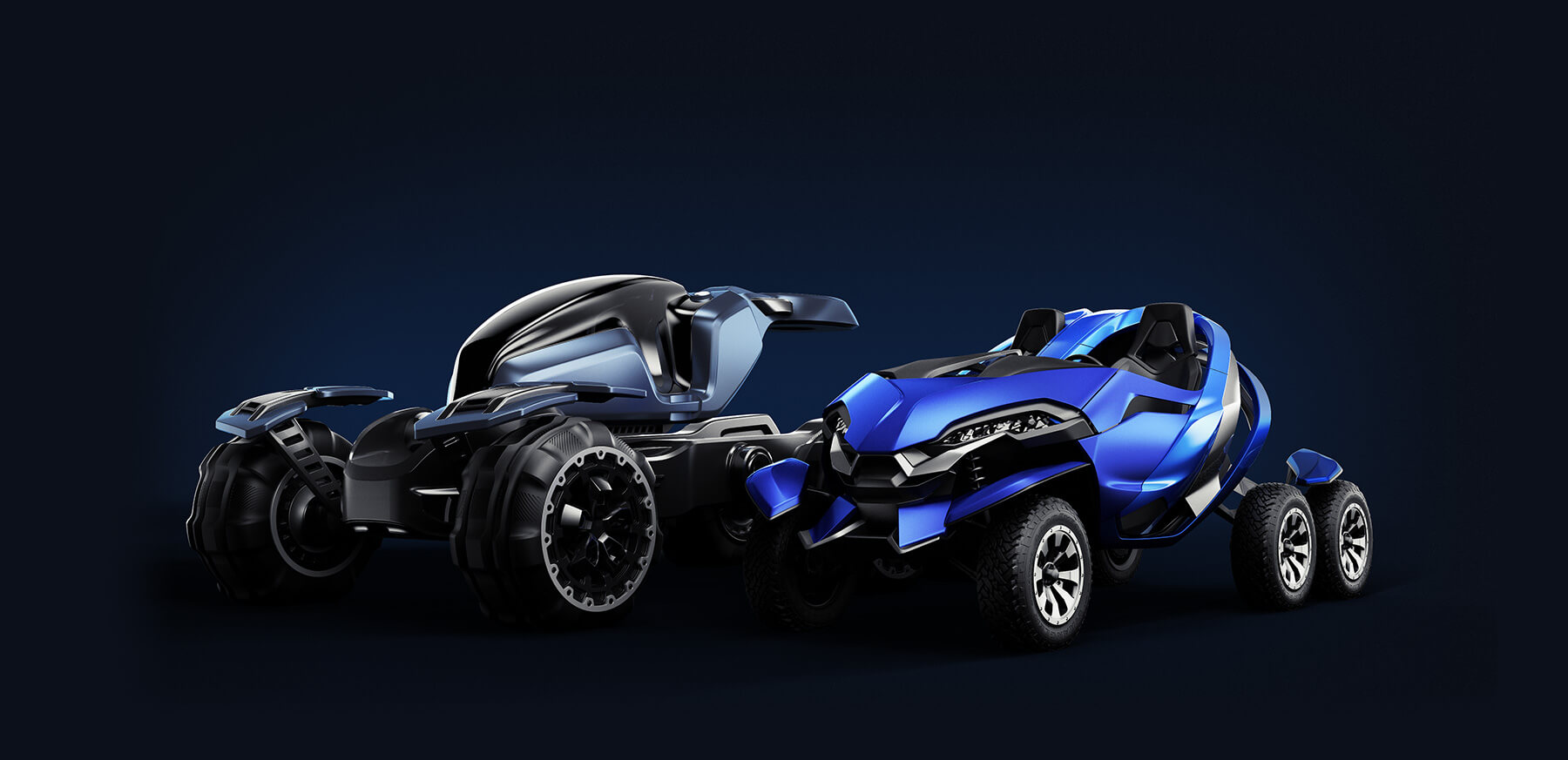Fluidification
Ferox technology removes the traditional drivetrain in vehicles.
Mechanical systems are rigid, they don’t flow.
Fluid flows. Fluid is free. Fluid is alive.
Fluidification is used in Ferox Technology to provide greater efficiency, flexibility, torque, and speed range capabilities for converting power to in-wheel motion.
Explore Ferox TechnologyThe Nature Of The Wheel
The typical wheel diameter hasn’t changed for thousands of years.
Wheel speeds and the ways in which vehicles have been driven have remained relatively consistent.
The intrinsic link between wheel size and revolutions per minute (RPM) limits the application of in-wheel electric motors.
Ferox fluid in-wheel motors operate with torque, speed, and efficiency to deliver power within an RPM range that has a natural relationship with the wheel.
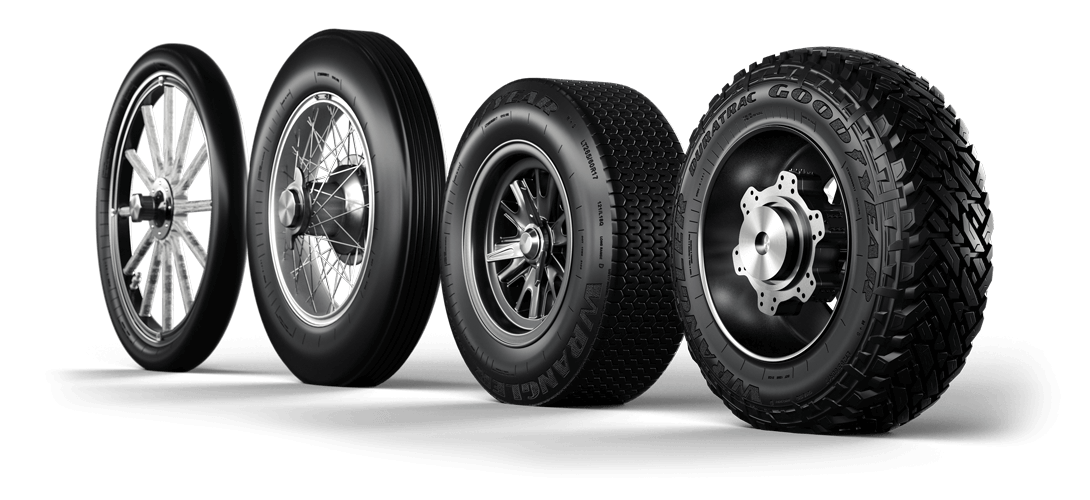
Fluid Power Spectrum
Ferox has developed a new category of fluid drive technology.
This technology harnesses an unused bandwidth within the fluid power spectrum to outperform other fluid transmission systems.
Pneumatic
100 PSIFerox Fluid Operating System
200 PSI 1,000 PSI 1,500 PSI Typical Operating Range High Load RangeTypical Hydraulics
3,000 psi 15,000 psiWithin The Wheel
The outer housing of the Ferox in-wheel motor spins in native format.
It creates efficient rotary movement through fluidification to power the wheel.
Providing smooth and efficient delivery of force to the advanced vehicle wheels.
Play Again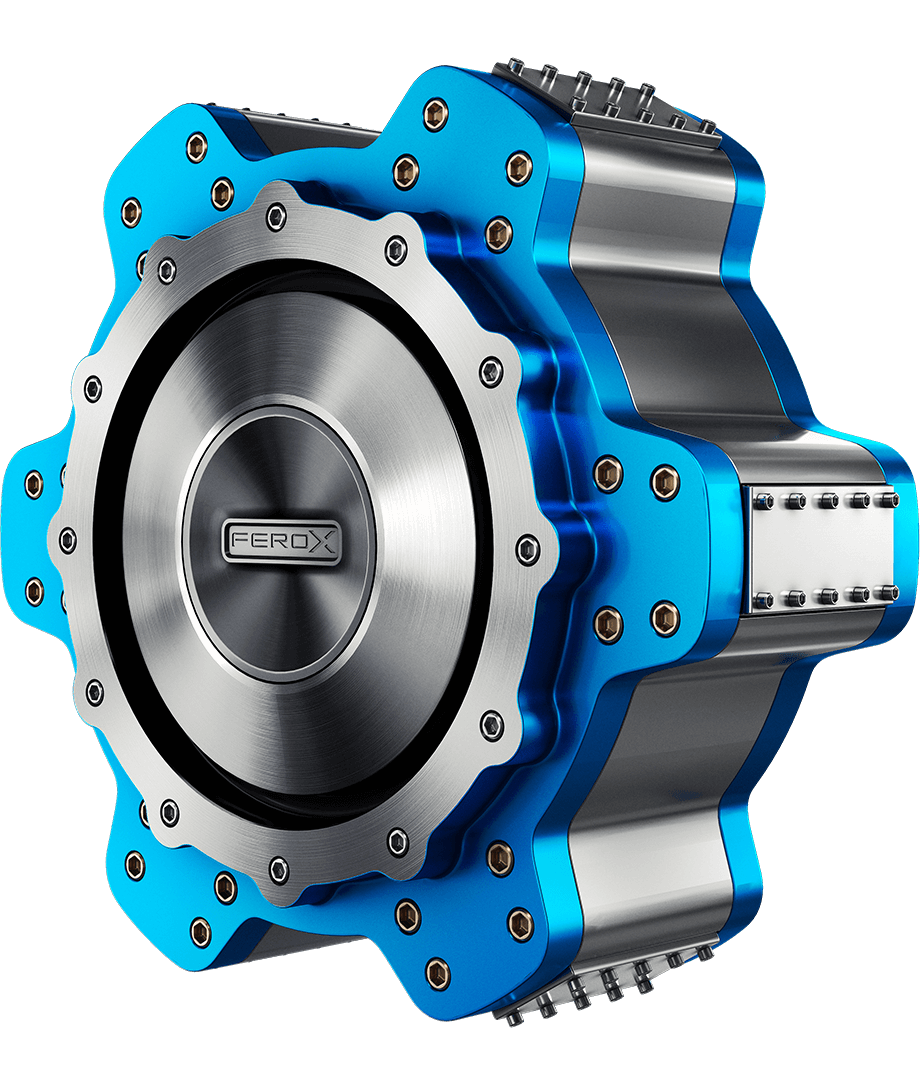
500lb·ft
lb•ft of torqueper wheel
25lbs
Light weight drivePower Density
The Ferox in-wheel motor has a high power density.
The size and weight in comparison to other near wheel or in-wheel motors is small and lightweight yet yields substantial torque.
The high efficiency through a broad speed range and torque characteristics of the Ferox in-wheel motors distinguishes them from the various other categories of traditional hydraulic motors.
When gases and liquids (fluids) are combined with accumulators, the system is able to store and retrieve energy with a far greater power density than in standard electric vehicles.
Using the Ferox fluid operating system to compress a gas to high pressure, such as nitrogen within an accumulator, the system stores an “explosive” force which can be used for acceleration and other purposes.
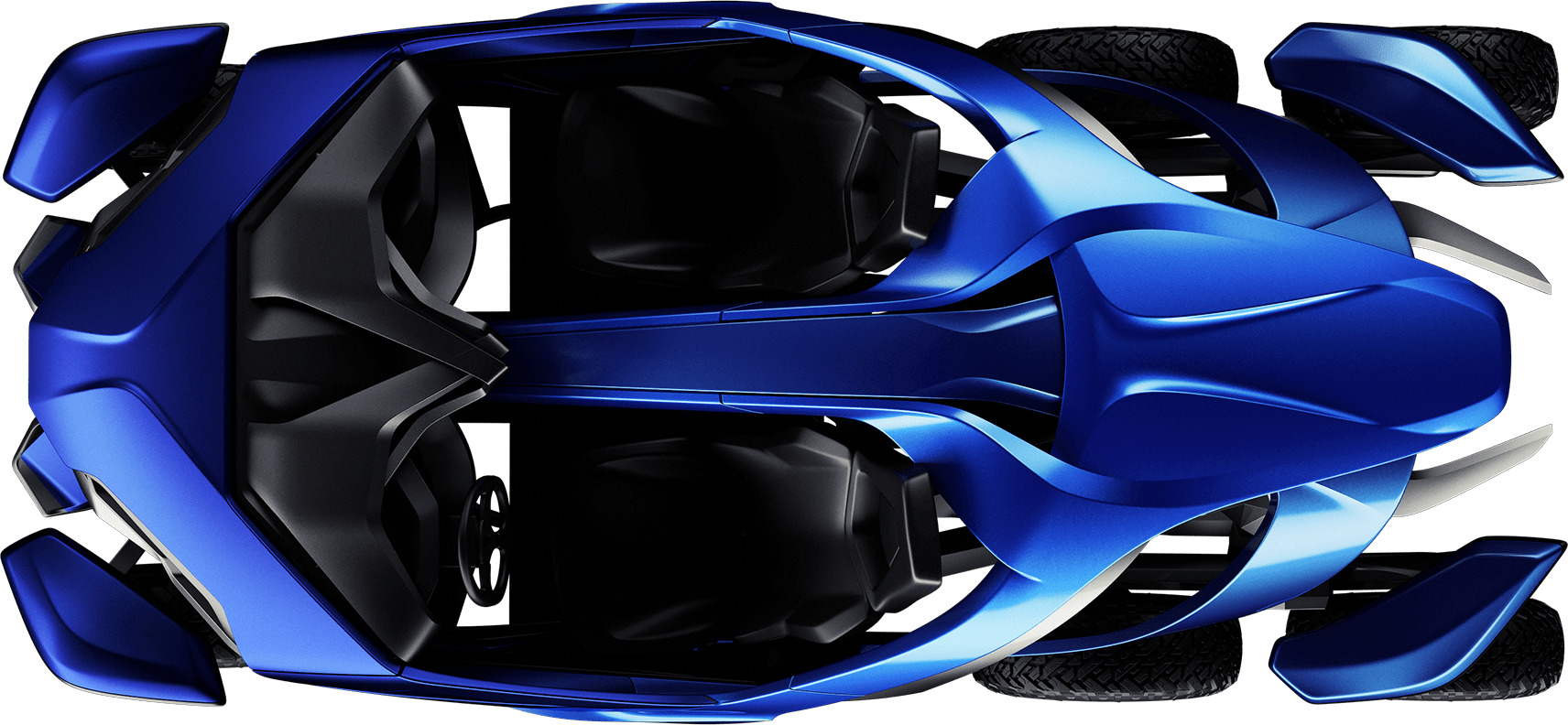
Fluid Vectoring
Ferox Technology utilises fluid vectoring to direct the flow of fluid power.
The system moves fluids in a series of directions around the vehicle that operate in tandem yet separate to each other.
The fluid vectoring allows for greater flexibility and vehicle functionality that is hard to replicate in mechanical systems.
Fluid vectoring enables Ferox Technology to control braking, acceleration, and the turning of each independent in-wheel motor.
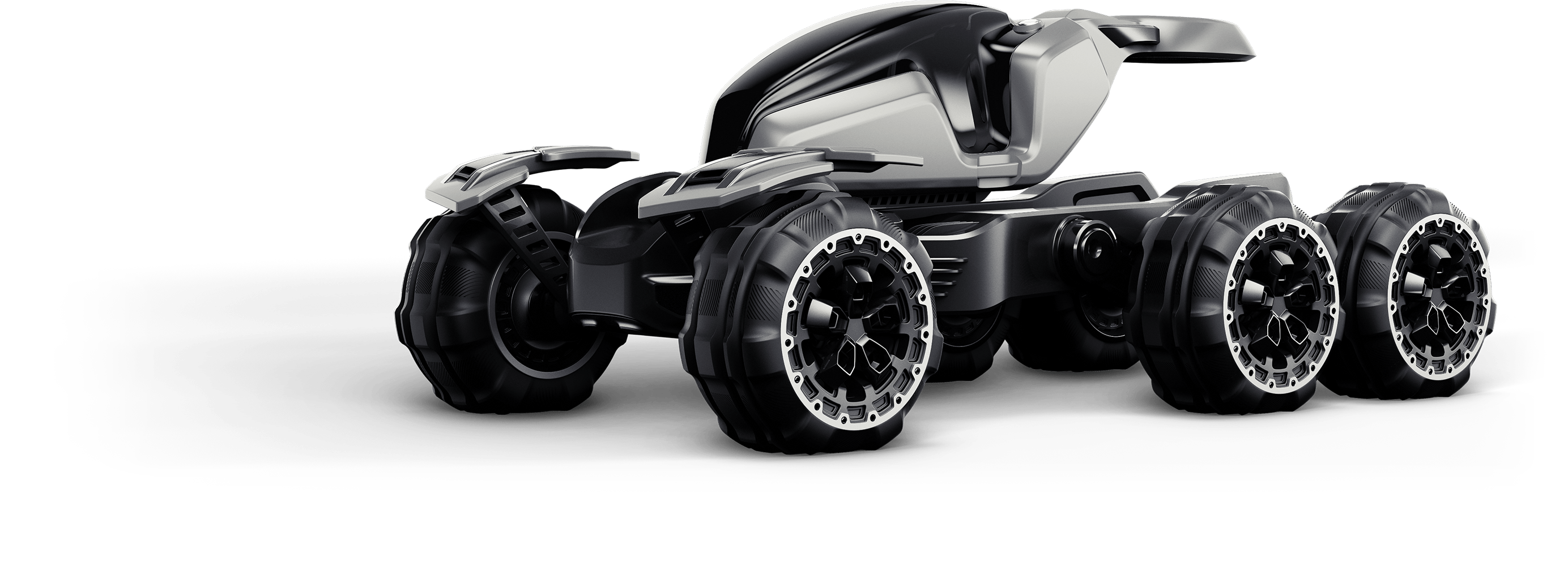
Ferox Fluid Operating System
The Ferox Fluid Operating System uses fluid as the medium to transfer force.
The system is comprised of a pump linked to the vehicle’s power source, fluid controls, connections, and communication modules.
Ferox Technology harnesses the freeform nature of fluid to deliver power to multiple in-wheel motors in advanced vehicles.
